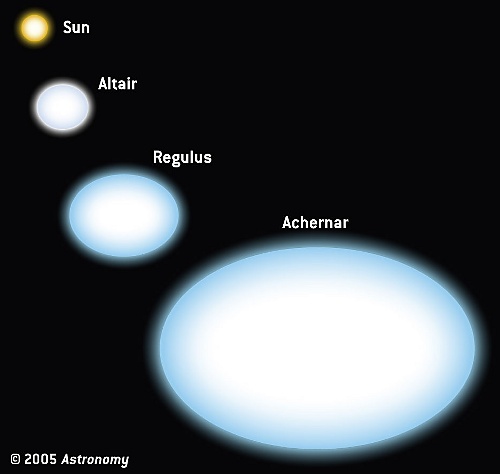NASA | JPL-Caltech | Ames Research Center | Kepler | 2016 Aug 12
[img3="Pleiades Cluster as seen by WISE - Credit: NASA/JPL-Caltech/UCLA"]http://www.jpl.nasa.gov/spaceimages/ima ... _hires.jpg[/img3][hr][/hr]Like cosmic ballet dancers, the stars of the Pleiades cluster are spinning. But these celestial dancers are all twirling at different speeds. Astronomers have long wondered what determines the rotation rates of these stars.
By watching these stellar dancers, NASA's Kepler space telescope during its K2 mission has helped amass the most complete catalog of rotation periods for stars in a cluster. This information can help astronomers gain insight into where and how planets form around these stars, and how such stars evolve. ...
The Pleiades star cluster is one of the closest and most easily seen star clusters, residing just 445 light-years away from Earth, on average. At about 125 million years old, these stars -- known individually as Pleiads -- have reached stellar "young adulthood." In this stage of their lives, the stars are likely spinning the fastest they ever will.
As a typical star moves further along into adulthood, it loses some zip due to the copious emission of charged particles known as a stellar wind (in our solar system, we call this the solar wind). The charged particles are carried along the star's magnetic fields, which overall exerts a braking effect on the rotation rate of the star. ...
Rotation in the Pleiades with K2: I. Data and First Results - L. M. Rebull et al
- arXiv.org > astro-ph > arXiv:1606.00052 > 31 May 2016
- arXiv.org > astro-ph > arXiv:1606.00055 > 31 May 2016
- arXiv.org > astro-ph > arXiv:1606.00057 > 31 May 2016
